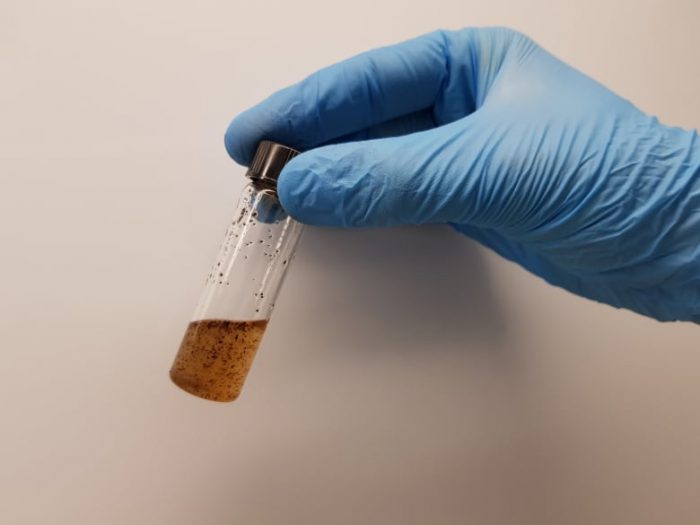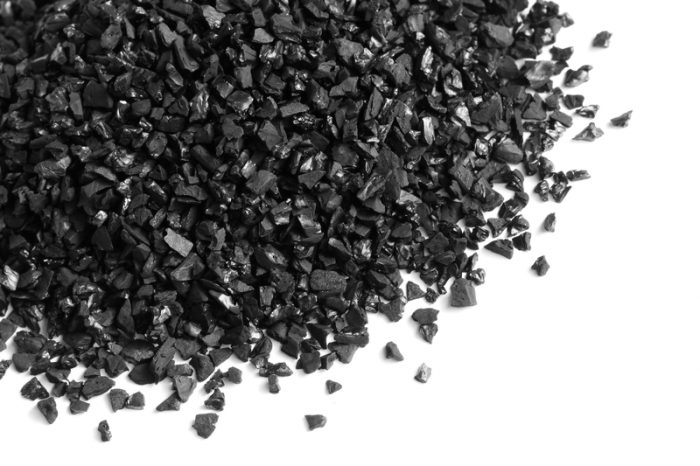Whether it's about how we travel, heat our homes, or power our cities, the common link between how these things affect climate change comes down to one thing. Carbon dioxide, or CO2.
To state it simply, the growing amount of this gas in our atmosphere is the main reason that temperatures are rising. For many, the solution starts with changing how we get our energy in the first place, and converting to solar and wind power. But what about the CO2 that is already up there? Is there any way to remove it?
For one, trees and other plant life do this job every day, turning CO2 into the oxygen we breathe. And new ideas like these algae curtains that we wrote about can also help. But one of the newest ways to try and reverse this problem comes from a team at the Royal Melbourne Institute of Technology in Australia.
Are you ready to hear about how to turn CO2 into...solid carbon?
Mind-blowing conversion

These are the flecks of solid carbon that appear in the solution. The scientists hope to begin to recreate these results on a larger scale soon. (Torben Daeneke)
This process actually has a name: carbon capture. Getting solid carbon from CO2 isn't easy. Carbon dioxide is a molecule made of a mixture of carbon and oxygen. Getting the carbon out of the molecule requires a chemical reaction. According to Torben Daeneke, a researcher on the project who spoke to CBC radio, the secret involves electricity and a liquid metal.
Okay, just a heads up—this process is pretty mind-blowing! First, a small amount of liquid metal alloy is added to water to create what is known as an electrolyte solution. (The alloy is a catalyst—the thing that kickstarts the reaction.) Then, CO2 gas is dissolved into the solution. Finally, this mixture is charged with an electric current. Over a few hours, flecks of solid carbon appear in the solution—this carbon is almost identical to the coal that has been burned for centuries as an energy source. In addition, the reaction also releases oxygen into the air.
Amazing! But is it ideal?
So to recap: CO2 is added to a solution, zapped, and we end up with harmless solid carbon and oxygen. But is there a catch?
Yes. Though this process is one of the most efficient carbon capture methods to date, it still requires a lot of energy. Essentially you need about the same amount of power to turn the CO2 back into carbon as you gained when burning the coal in the first place. Daeneke says that ideally this process would be powered by renewable energy sources, which would be a good idea.
And what we do with the solid carbon it produces? One option is to bury it back into the ground where it originally came from. Kind of like when you cleaning up your room and put everything away (finally). But the carbon could have other uses, too. Carbon can be used to make supercapacitors, which store energy for later use. These could be used in devices like batteries in electric cars.
Does this technique replace the need for greener energy in general? No way. But it does appear that carbon capture solutions like this are going to be a necessary part of restore the balance to our atmosphere. We're excited to see where this science goes!
 Is it really possible to make this stuff out of thin air? (© Winai Tepsuttinun - Dreamstime.com)
Is it really possible to make this stuff out of thin air? (© Winai Tepsuttinun - Dreamstime.com)










😯 This is incredible. I’m going to share this with my class.